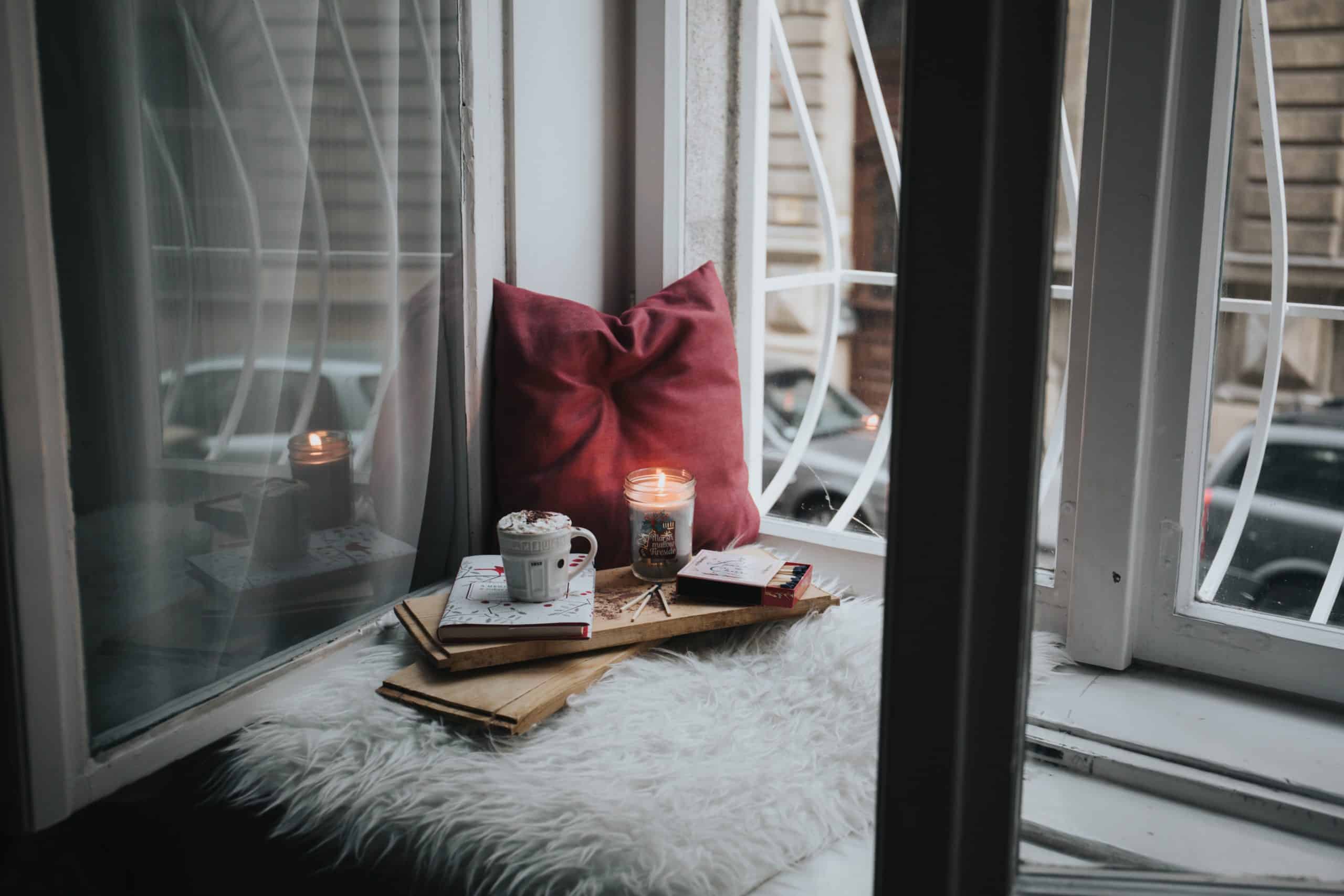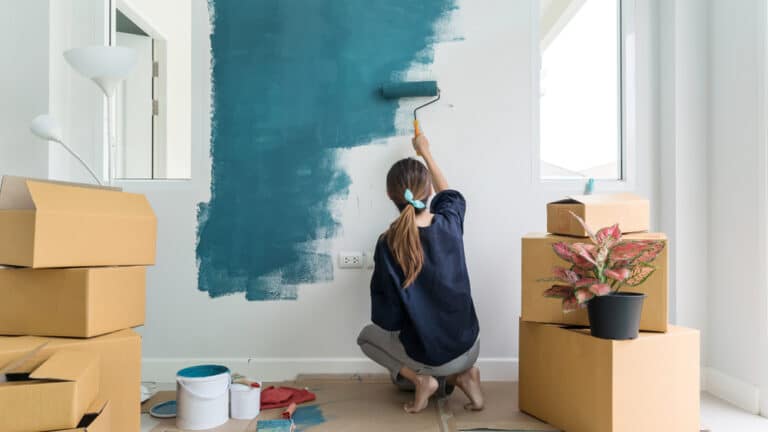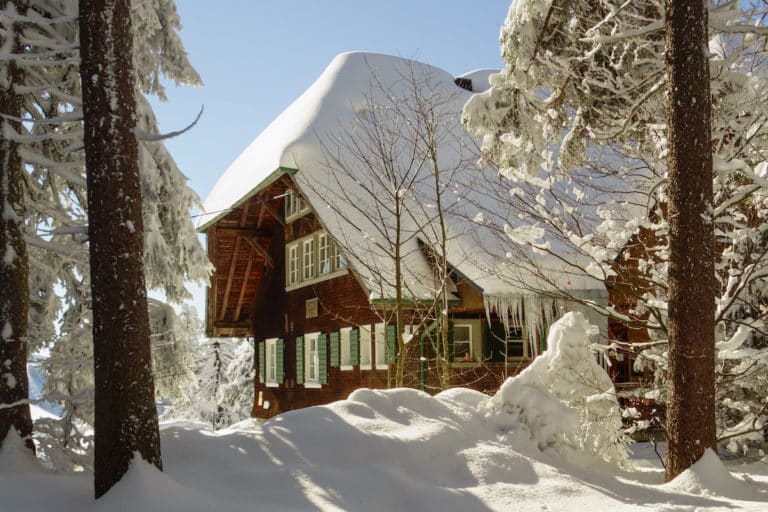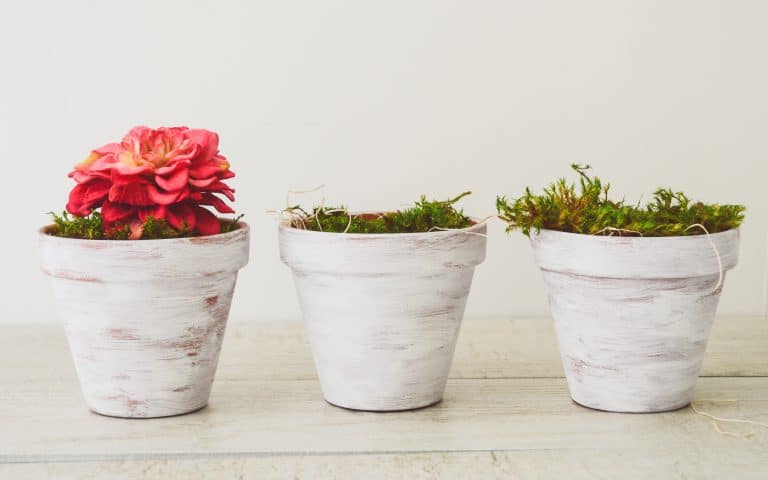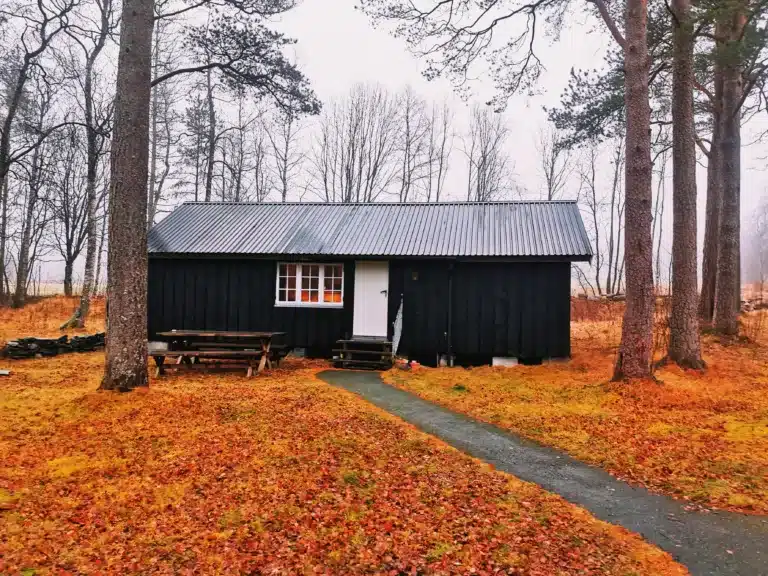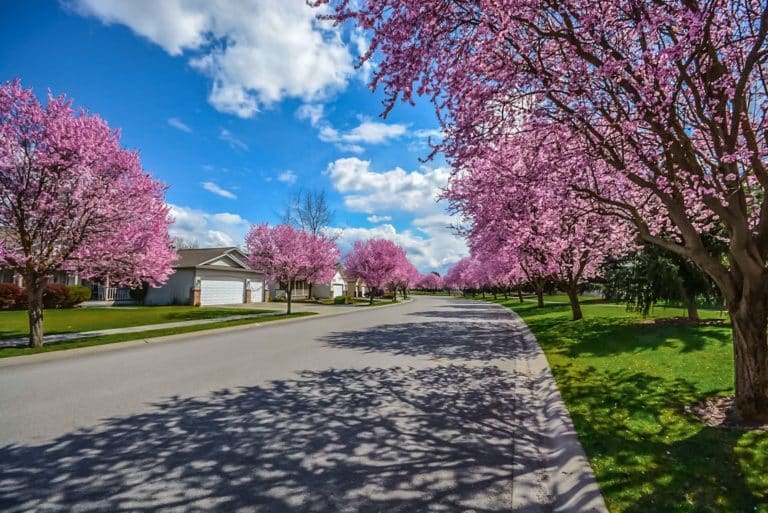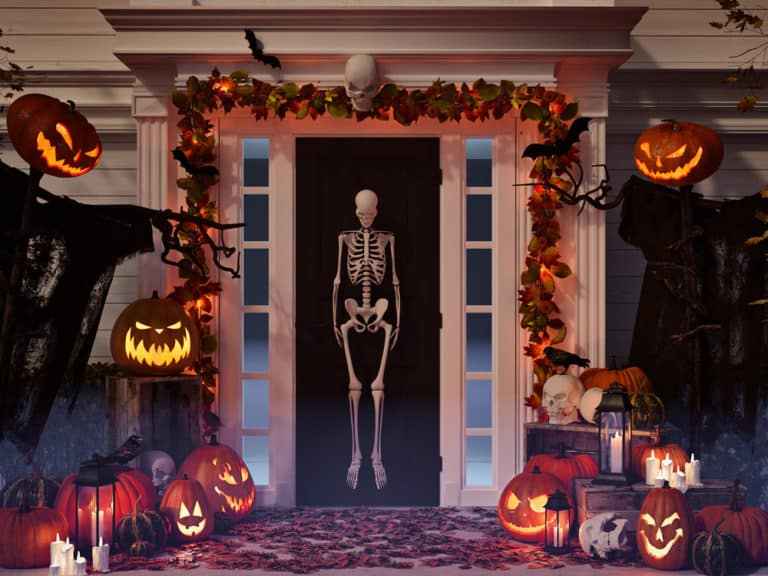Fewer people die in home fires now than they did in decades past, thanks to smoke detectors, building codes that require fire-retardant construction materials, and general fire safety awareness.
But fires still cause thousands of deaths every year, and even a non-lethal fire can destroy your house in a matter of minutes. Thankfully, being aware of fire risks can go a long way towards keeping your home safe. Here are some tips for preventing fires before they happen across different parts of your home.
1. Kitchen: Pay attention to what you wear and where things are kept
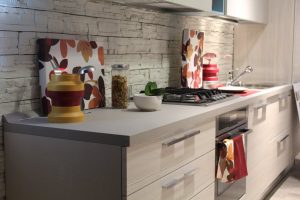 Most home fires start in or around the kitchen, which makes sense. Your kitchen is the room in your home where you’re most likely to use heat and fire on a regular basis.
Most home fires start in or around the kitchen, which makes sense. Your kitchen is the room in your home where you’re most likely to use heat and fire on a regular basis.
Don’t leave the pots and pans on the stovetop unattended, and don’t walk away from your oven once you’ve put food under the broiler.
Avoid setting pot holders or kitchen towels on or near stovetop burners, even when the stovetop burners are not in use—a quick turn of the wrong knob could inadvertently start a fire. Long sleeved-shirts or flouncy aprons can accidentally catch fire while you’re cooking, so it’s best to change into short sleeves or closer-fitted attire before tackling that stir fry.
Speaking of high-heat cooking, attempting to heat an oil with a low-smoke point to a very high temperature can cause the oil to ignite. When you’re done cooking, dispose of hot oil safely—throwing hot oil in a trashcan full of flammable waste can start a fire.
Finally, make sure you have smoke detectors set up in the kitchen—you should also set them up in your bedrooms. Check the batteries in your smoke detectors regularly, and be sure that everyone in your home knows what the smoke detector sounds like, and what to do if they hear it. Fire drills aren’t just for schools and offices.
2. Bedrooms/living rooms: Identify flammable materials and place them in a safe space
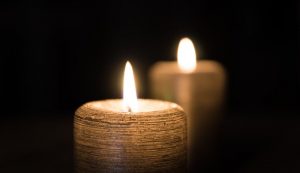 Candles and incense can add soft light and pleasant aromas to a room, but they’re also a major fire hazard: if you’re going to burn them, make sure you do so away from anything potentially flammable, with a solid plate or another flame-proof container underneath. And whatever you do, don’t leave anything burning unattended. Be sure to extinguish them before your attention turns elsewhere.
Candles and incense can add soft light and pleasant aromas to a room, but they’re also a major fire hazard: if you’re going to burn them, make sure you do so away from anything potentially flammable, with a solid plate or another flame-proof container underneath. And whatever you do, don’t leave anything burning unattended. Be sure to extinguish them before your attention turns elsewhere.
Fireplaces are great when it’s chilly out, as long as you and your family take precautions. Hearths should be kept clear of flammable materials, and fires should have screens or heat-proof doors in front to prevent embers from starting a blaze in your living room. It’s a good idea to get your chimney inspected and if necessary cleaned about once a year. (Pro-tip: finding someone to do cold-weather maintenance is easier and less costly in August than it will be when the weather gets colder.)
Stovetops and candles and fireplaces may be the first things that come to mind when people think about home fire hazards, but the most deadly home fire safety hazard is actually the humble space heater: 79% of fatal home fires involve space heaters.
If you choose to use one, keep anything that can burn at least three feet from a space heater – that includes bedding, furniture, paper, books, and curtains. And whatever you do, do not leave the space heater running when you sleep or leave the room.
3. Garage/utility rooms: Store gas only when necessary, and keep it properly secured
 You may not be thinking about it, but your garage probably has a fair amount of flammable material in it. Be sure to store gasoline only if you need it, and then only in approved containers. Dispose of oil-soaked rags instead of leaving them piled in a corner.
You may not be thinking about it, but your garage probably has a fair amount of flammable material in it. Be sure to store gasoline only if you need it, and then only in approved containers. Dispose of oil-soaked rags instead of leaving them piled in a corner.
Be sure to clear the vent in your dryer regularly. If you need to replace the duct, a rigid metal vent is less prone to sagging than a vent made from flexible plastic or aluminum foil—and bends in your duct can allow dryer lint to build up, creating a potential fire hazard.
4. Outdoor space: Be careful with your grill and fire pit
 Remember, fire safety at home doesn’t end at your front door. Backyard grills and fire pits should be at least ten feet from your home, and away from any shrubs or bushes. You’ll want to make sure the ground near the grill is clear of dried leaves or other materials that might ignite with an errant spark.
Remember, fire safety at home doesn’t end at your front door. Backyard grills and fire pits should be at least ten feet from your home, and away from any shrubs or bushes. You’ll want to make sure the ground near the grill is clear of dried leaves or other materials that might ignite with an errant spark.
If you live in drought or wildfire-prone areas—hi there, California!—it’s worth taking some time and effort to consider fireproofing when you’re landscaping the exterior of your home. Stone walls, mulch, even fire-resistant plants can help keep your home safer.
In a hurry? Here’s the short version:
The secret to fire safety is actually pretty straightforward.
1) Pay attention in situations with elevated risks, like when you’re cooking or burning a candle. Never leaves candles, incense, cooking, or space heaters unattended.
2) Leave plenty of room for hot or burning items and anything that might be flammable.
3) Check your smoke detectors, and replace the batteries regularly. Make sure your family knows what the smoke detector sounds like, and what to do if they hear it. Keep a fire extinguisher where you can get to it safely.
A little bit of attention now can go a long way towards keeping your family and your home safe.

